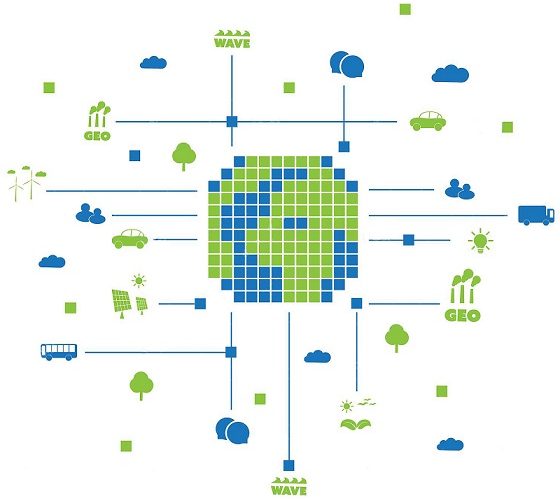Sustainable urban planning is a complex process that addresses the key areas of economic sustainability, environment, and social justice. New sustainable solutions to urban planning problems can include green buildings and housing, mixed-use development, sidewalks, green paths and open spaces, and alternatives energy resources such as solar, wind and transportation options. Proper sustainable land use planning helps to improve the well-being of people and their communities, and makes urban areas and neighborhoods healthier and more efficient.
Green-blue infrastructure is a strategic network planning for natural and semi-natural areas with other environmental features that is designed and built by providing a wide range of ecosystem services such as water treatment, air quality, recreational space and micro-climate improvement. This intertwined network of flora and fauna, water areas, open spaces and local and synoptic airflow can improve environmental conditions and thus restore the health and quality of citizens’ life. It also supports the green economy, creates job opportunities and enhances biodiversity.
Its social benefits include the following:
- Reducing the health risks associated with the effects of urban heat island and air pollution
- Less crime rate
- Safer traffic flow
- Community participation
Its environmental benefits include the following:
- Improve surface water management
- Erosion control
- Improve air quality
- Improving the plants habitats and wild animals


